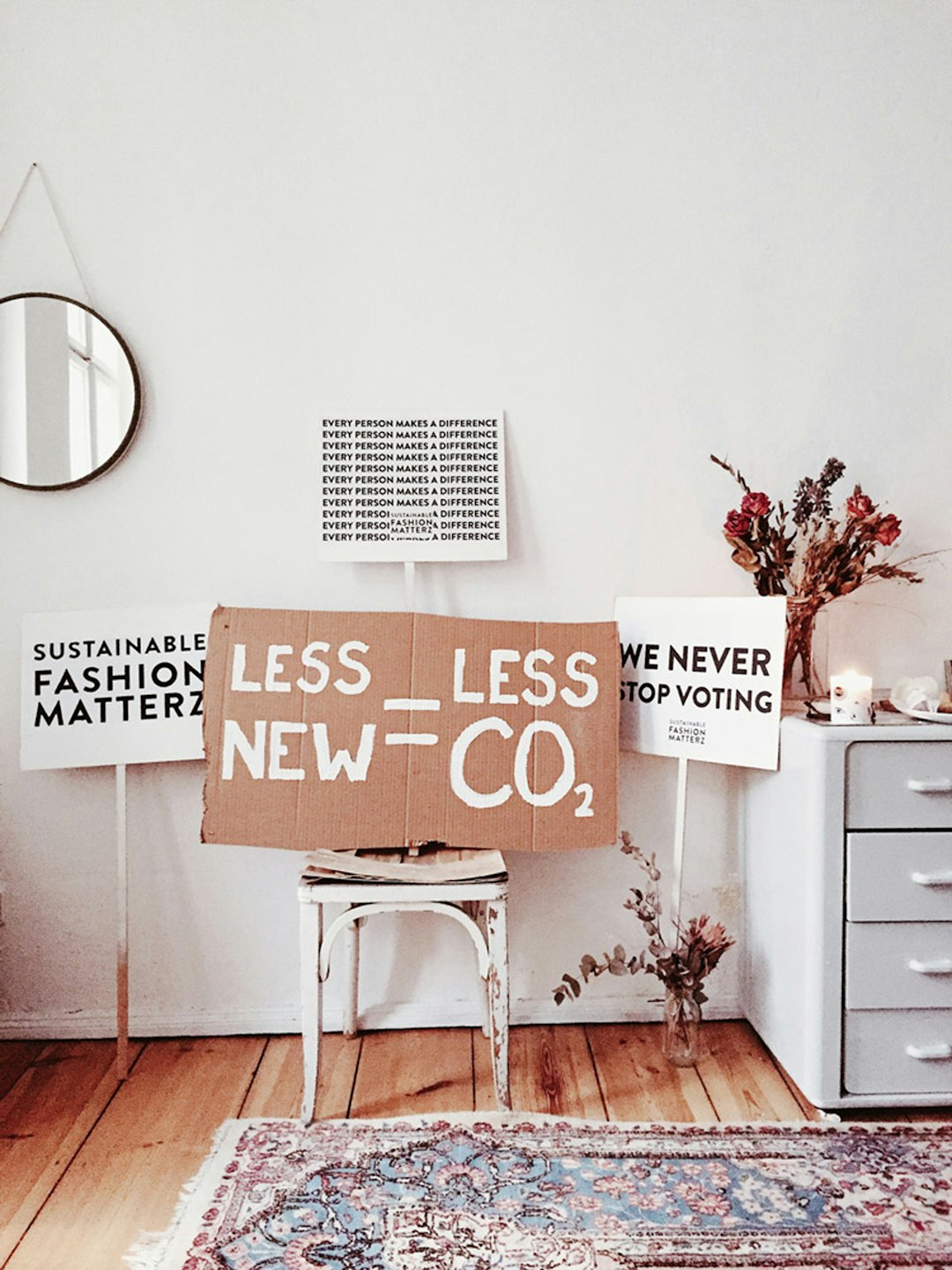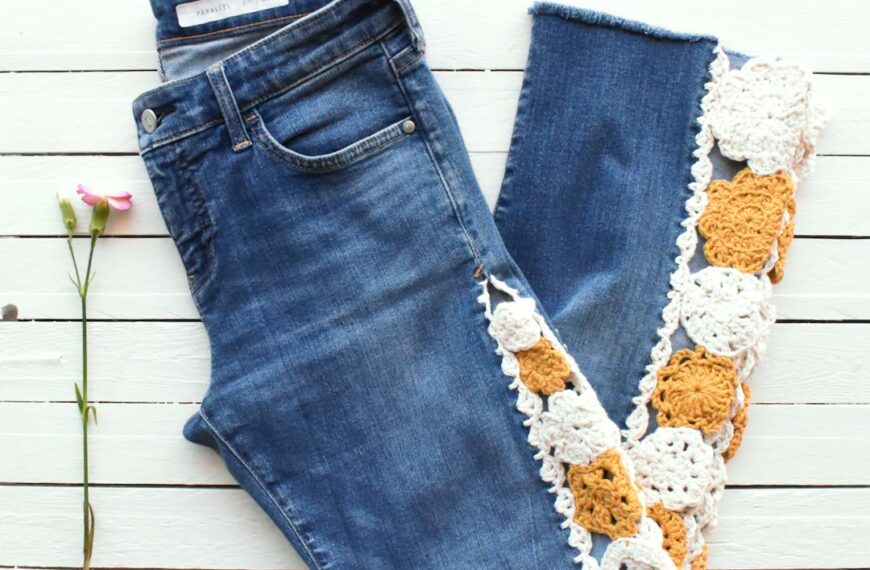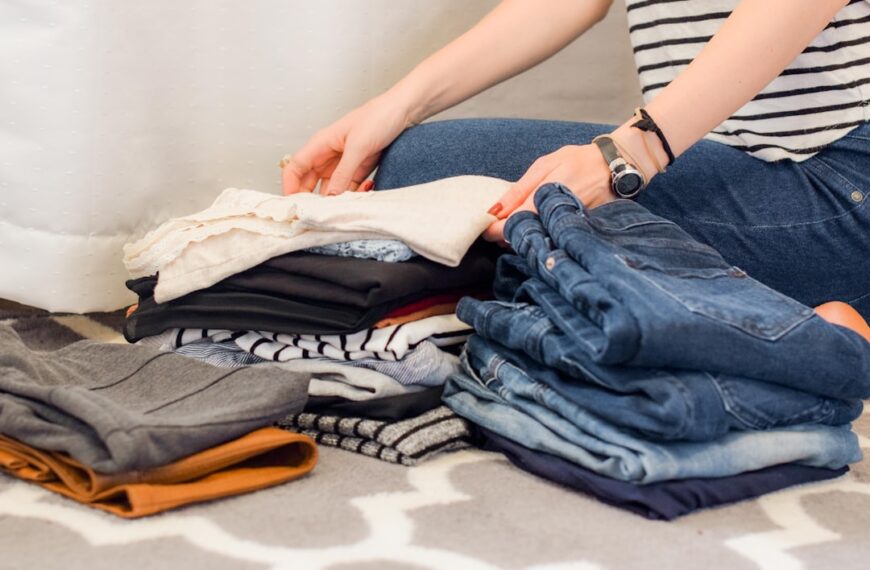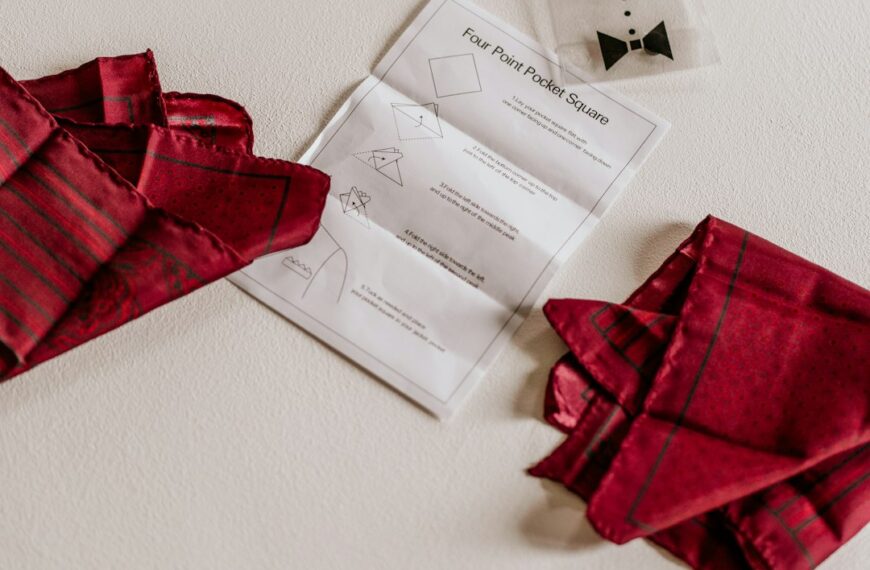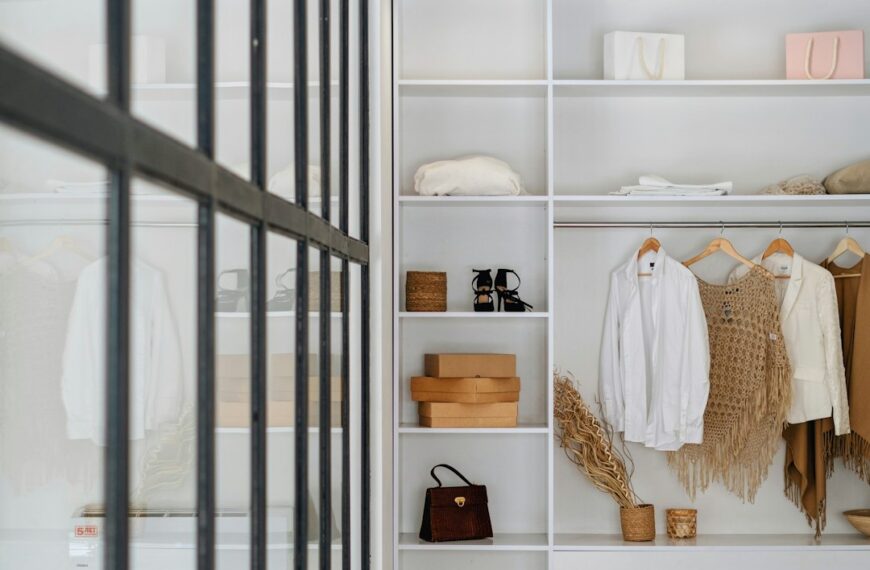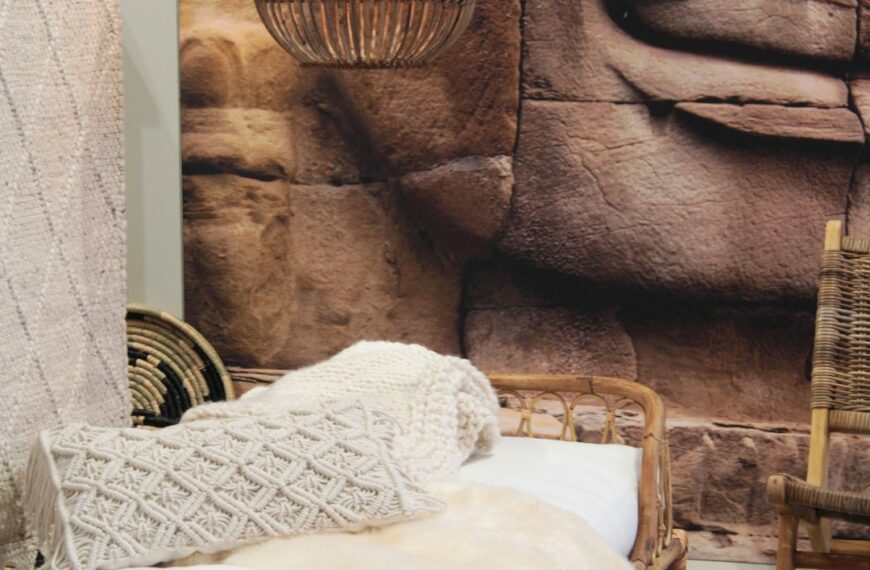Fast fashion has given us instant gratification, but at a steep cost. Mountains of textile waste, unethical labor practices, and a hefty carbon footprint are just some of the consequences. But there’s a better way to refresh your wardrobe – a way that’s stylish, sustainable, and ultimately, more satisfying. This is about embracing sustainable style.
This isn’t about sacrificing style for sustainability. It’s about making conscious choices that minimize your environmental impact and support ethical practices. It’s about building a wardrobe you love, that lasts, and that reflects your values.
So, where do you start? Here are some key steps to refreshing your wardrobe responsibly:
1. Audit Your Existing Closet: Before you buy anything new, take stock of what you already own. Try everything on. Be honest – what do you genuinely love and wear regularly? What’s been languishing unworn? This inventory will reveal gaps in your wardrobe and help you avoid duplicate purchases.
2. Repair and Repurpose: Instead of discarding clothes with minor damage, learn basic mending techniques like sewing on buttons or patching holes. Get creative! An old t-shirt can be transformed into tote bags or cleaning rags. A damaged sweater could be refashioned into a stylish scarf.
3. Embrace Secondhand Shopping: Thrift stores, consignment shops, and online marketplaces like eBay and Depop are treasure troves of pre-loved clothing. You can find unique pieces at a fraction of the cost, reducing demand for new production and giving clothes a second life. Don’t be afraid to hunt for hidden gems!
4. Choose Quality over Quantity: Investing in fewer, high-quality pieces made from durable, sustainable materials will last longer and require less frequent replacements. Look for natural fabrics like organic cotton, linen, hemp, or Tencel, and brands committed to ethical production.
5. Support Ethical and Sustainable Brands: Research brands that prioritize sustainability and ethical labor practices. Look for certifications like GOTS (Global Organic Textile Standard) or Fair Trade. Many brands are transparent about their supply chains and manufacturing processes – take the time to investigate.
6. Consider Clothing Rental: For special occasions or to try out new styles without committing to a purchase, consider renting clothes. This is a great way to reduce consumption and access a wider range of options.
7. Wash Your Clothes Responsibly: Reduce water and energy consumption by washing clothes less frequently, washing in cold water, and air-drying whenever possible. Avoid using harsh chemicals and opt for eco-friendly detergents.
Building a sustainable wardrobe is a journey, not a destination. It’s about making small, conscious changes that add up to a significant impact. By embracing these tips, you can refresh your style responsibly, create a wardrobe you love, and contribute to a more sustainable future for the fashion industry. Start small, be patient, and enjoy the process of building a wardrobe that reflects your values and style.
